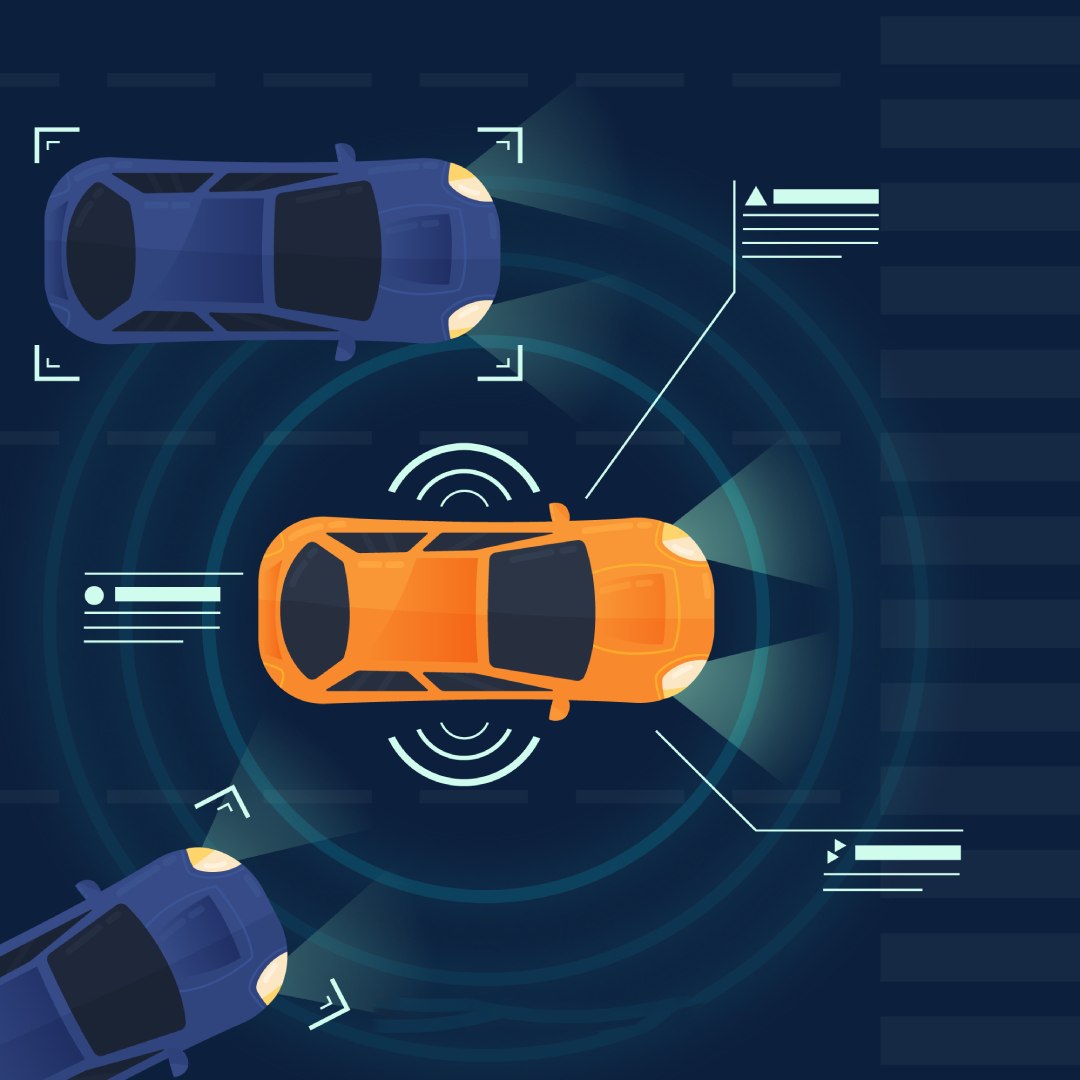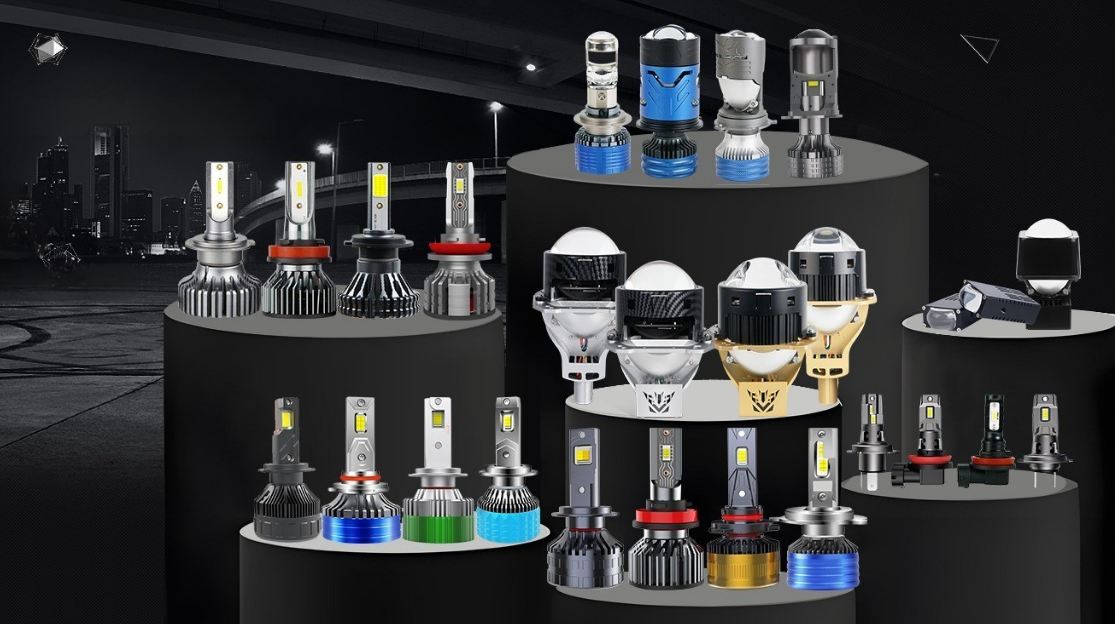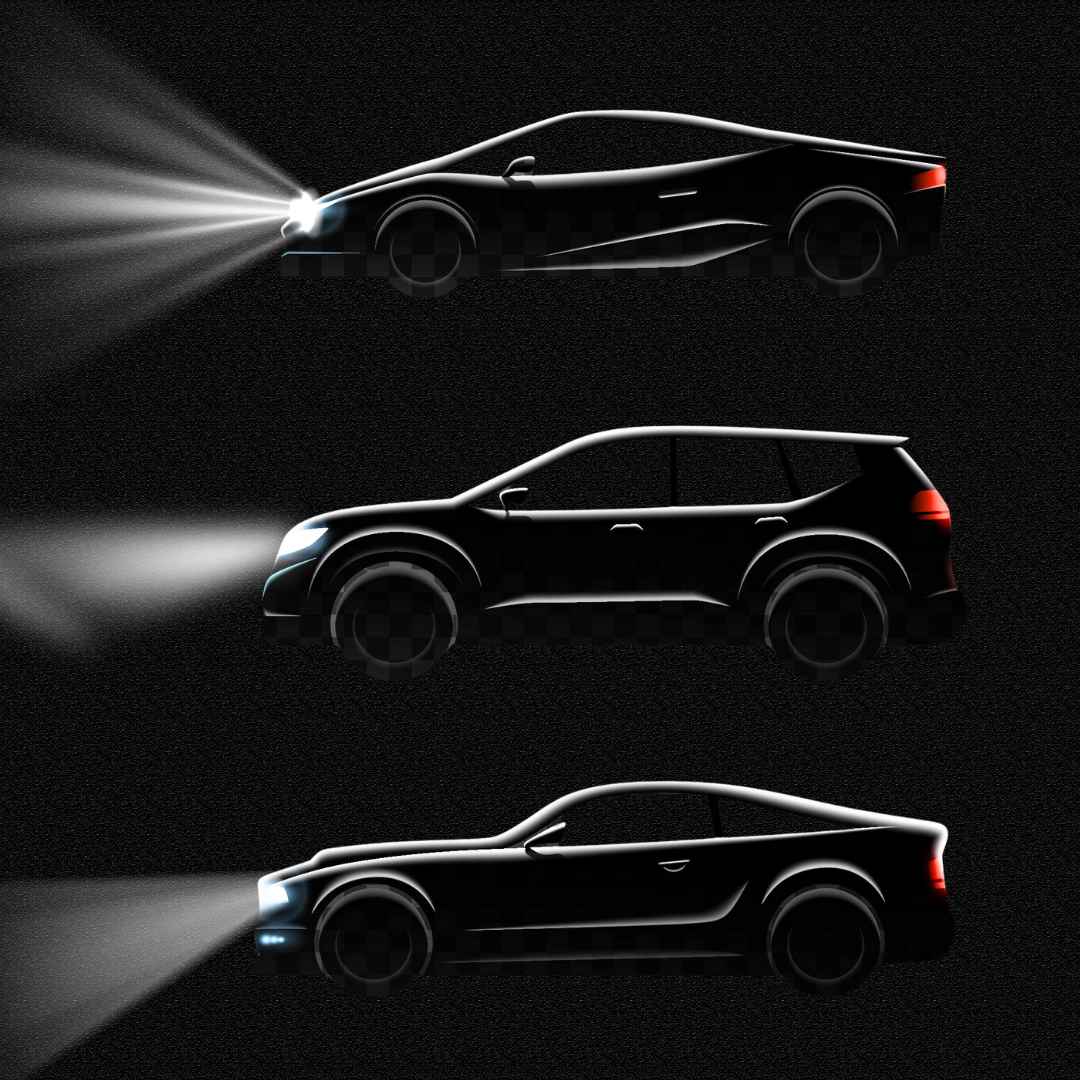- All
- Product Name
- Product Keyword
- Product Model
- Product Summary
- Product Description
- Multi Field Search
 English
EnglishViews: 0 Author: Site Editor Publish Time: 2025-07-22 Origin: Site
The automobile industry is moving forward like never before. One of the features that becomes noticeable as a standout is LED lighting. Increasingly, car owners, dealerships, importers, and distributors are shunning traditional halogen lights for the lightest available LED headlight bulbs for improved illumination, efficiency, and longer operating life. From small cars to heavy-duty trucks and even motorcycles, LED lights for automobile headlights are now in the limelight.
But with all the options available in the market, choosing the right brightest LED headlight bulbs is more than choosing the brightest one. When you are outfitting a personal vehicle or stocking up for customers, an educated decision promises better road safety, optimal performance, and increased customer satisfaction.
Here's an in-depth guide to help you choose the ideal LED headlights for your needs.

The brightness of an LED bulb is measured in lumens, not watts. This is likely the most critical factor when selecting the brightest LED headlight bulbs. The higher the lumen output, the higher the road visibility, especially for nighttime driving or during poor weather conditions.
As a reference:
A halogen bulb emits about 1,000–1,500 lumens.
High-quality LED headlight bulbs can be in the range of 6,000 to 12,000 lumens for each pair.
But remember, brighter doesn't always mean better. Too much brightness together with poor beam control can be blinding to approaching drivers. Balance is everything. LED truck headlights might require more output because of the height of the vehicle, while LED light for uses on a bicycle headlamp might find a use for a more focused beam pattern with average brightness to avoid glare.

Before buying an LED bulb, check the socket and fitment of your car. For example, H7 LED headlight bulbs are common for European cars on low beams. But H11, 9005, or H4 could be utilized in other vehicles.
Key things to keep in mind:
Always check the car manual or original bulb type.
There are few cars requiring adapter rings or decoder modules.
Determine if you are replacing high beams, low beams, or fog lights.
Choosing the right bulb type gives a good fit and eliminates flicker or dashboard malfunction, particularly with newer vehicles equipped with CANbus systems.

A well-defined beam pattern is important in ensuring road safety. The brightest LED headlight bulbs with poor focus will scatter light in all directions and can create hotspots and dark spots that affect visibility.
Look for bulbs that:
Emulate the position of the halogen bulb filament to provide optimum reflector/lens alignment.
Offer adjustable beam angles for making critical focus adjustments.
Function perfectly with reflector or lens projector headlamp assemblies.
This prevents shining the light on the road wastefully and blinding traffic moving in the opposite direction.
LEDs do generate some heat, and with poor heat management, performance and lifespan are affected. An effective heat dissipation system is required.
Standard heat dissipation systems are:
Built-in high-speed cooling fans.
Aviation-grade aluminum heat sinks.
Passive cooling systems for fanless designs.
Check build quality as well. High-quality LED headlights are constructed of hardened, corrosion-resistant materials and are also vibration-resistant, ideal for daily driving and off-road use. LED headlights for trucks offer superior brightness and durability, making them ideal for long hauls and rugged driving conditions.
Color temperature has an effect not only on visibility but also on comfort while driving. Preferably, the optimal headlight range is typically 5000K to 6500K.
5000K: Produces an immaculate white light, which is the nearest to daylight.
6000K–6500K:Offers cool white or blue light, offering a modern appearance with clear road lighting.
Avoid extremely blue- or purple-lit lights (>8000K) since they will probably be less efficient in rain and fog and may cause eye strain on long trips.
Off-road driving exposes headlights to fluctuating weather conditions, rain, snow, grime, and dust. Waterproofing is therefore required.
Search for an IP rating:
IP65: Durable against water jets and dust.
IP67/IP68: Can survive temporary immersion in water, hence best suited for application on trucks and off-road vehicles.
This is especially applicable to truck and LED light for bike headlight that are more prone to the environment.
Not all LED headlight conversions are created equal. Some are plug-n-play, and some will require modification.
Plug-n-play kits:
Use the same connectors as halogen bulbs.
Require no additional wiring.
Are best for DIY enthusiasts and fast dealer installations.
Some vehicles, however, will require professional installation to bypass dashboard faults or allow proper alignment. For more complex assemblies such as lens projector headlights, correct positioning during mounting is paramount.
Most areas have laws on aftermarket headlamp bulbs. Non-compliant bulbs can result in fines or failed testing.
Check for:
DOT (Department of Transportation) compliance in the US.
ECE certification in Europe.
The use of certified lights ensures road legality, beam focus, and safety warranty. Always ensure your planned LED lights for car headlights are compliant with local regulations before buying or fitting.
LED headlights are available in all price brackets from low-cost to high-performance, high-cost. While price is important, reliability and performance must be given consideration, especially by dealers and distributors supplying long-term customers.

Things to consider:
Warranty: A minimum of 1–2 years is preferable.
Brand reputation: Choose highly rated, well-established manufacturers.
Value-added features: Adjustable beams, anti-flicker decoders, CANbus preparedness.
Low-cost LEDs may fail early, have poor beam patterns, or overheat. Investing in the best LED lights for cars headlights offers better performance, more satisfied customers, and fewer returns.
Choosing the brightest LED headlight bulbs isn’t just about brightness, it’s about finding the right combination of fit, performance, safety, and durability. From ensuring compatibility with your vehicle model to selecting bulbs with proper beam patterns and waterproofing, each factor plays a crucial role in overall satisfaction.
Whether you’re upgrading a single vehicle or sourcing inventory for your dealership, making informed choices ensures lasting performance and customer trust.
Ready to upgrade or stock up?
Shop Weiyao's best LED Headlights Catalog for high-quality, road-legal, and high-performance LED lighting solutions for cars, trucks, and motorcycles.